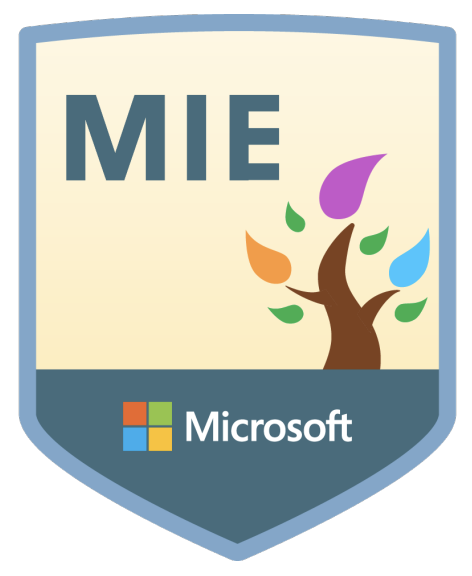Current trends in education have seen an increase in the types of assessments used and how those assessments influence instruction in our classrooms. There is an increasing focus on making instructional data-driven decisions and using the information as a team to plan instruction. The names of assessments schools and districts use often lead to confusion. The following is a list of assessment terms that are being used in many schools and my simple definition and use of them.
The next three types of assessments: the screener, diagnostic and progress monitoring assessments are tools that are not as commonly referred to or used in many classrooms. In my experience, they are tools that can help identify where a student is performing at in overall literacy and numeracy. These types of assessments help educators know where to adjust the basic point at which instruction is going to begin. I think of it in terms of someone setting out to climb a mountain.
When looking at the list above, summative assessments are used often in our classrooms to assess over-all learning. Creating summative assessments prior to instruction is critical. Summative assessments should be created by a PLC. When the PLC creates a common assessment it allows for every teacher to know what learners will need to know and at what rigor level they'll need to be able to perform at. My question, and it is a question because I don't know what the answer is, how do our summative assessments address the various starting points of our learners?
Bringing all of these assessments together into one big picture takes a team, planning, brainstorming, and constant change. What it looks like and how instruction is affected cannot be scripted by pacing guides, and it is going to look different depending on the group of students. The challenge here is that the learning goals identified for students may be different than the standards identified by the student's grade level and course. This is where traditional classrooms and data hit a roadblock. Teachers need to be encouraged and supported throughout the process as it is complicated and hard work. Asking questions along the way as to the use of data, instructional adjustments and student progress should be at the center of our conversations.
I believe we have learning to do around the implementation of interventions and varied instructional groupings, especially at the secondary level. Identifying technology tools that help differentiate and scaffold instruction is key to meeting more students needs. Realizing the need to learn is the first step forward to improvement.











 RSS Feed
RSS Feed
